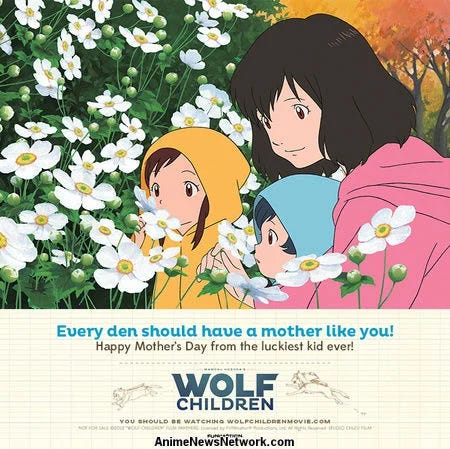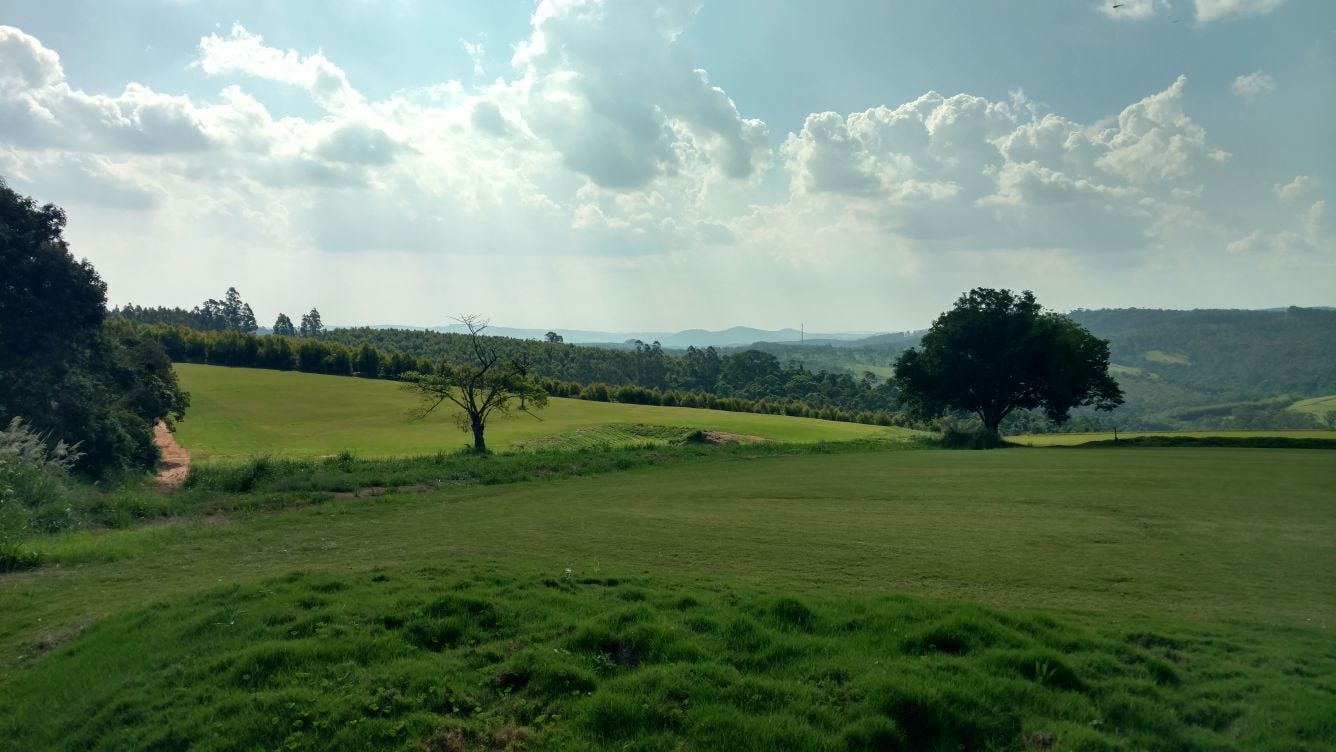First and foremost, the most important.
Today is Mother’s Day, and every year I send a Mother’s Day e-mail to celebrate all moms, either one who has kids or the “spiritual moms”, aunts, and grandmothers who take care of their small family members, they are as important.
My mom sacrificed a lot to raise me and my sister, she is one of the strongest people I know, and my military friends can confirm =). I will forever be grateful for the support I had since day 1 on Substack because it enabled me to treat my mom’s health issues at Year 1 and now she is even better than before.
So if you can’t spend time with your mom or mother figure, call them.
I will spend the day helping her around like I did yesterday. Science and world events can wait. Go enjoy some positivity and good vibes, good vibes are as important as anything else.
I will take this opportunity to share the coolest things published in the last few days. Just click here and you can explore what you are about to rid, I spent hours doing so, and taking dones and making sketches on Friday. Who knows, maybe this can lead to a substantial leap in neural network architectures =).
Cubic millimetre of brain mapped in spectacular detail
Google scientists have modelled a fragment of the human brain at nanoscale resolution, revealing cells with previously undiscovered features.

Researchers have mapped a tiny piece of the human brain in astonishing detail. The resulting cell atlas, which was described today in Science1 and is available online, reveals new patterns of connections between brain cells called neurons, as well as cells that wrap around themselves to form knots, and pairs of neurons that are almost mirror images of each other.
The 3D map covers a volume of about one cubic millimetre, one-millionth of a whole brain, and contains roughly 57,000 cells and 150 million synapses — the connections between neurons. It incorporates a colossal 1.4 petabytes of data. “It’s a little bit humbling,” says Viren Jain, a neuroscientist at Google in Mountain View, California, and a co-author of the paper. “How are we ever going to really come to terms with all this complexity?”
Slivers of brain
The brain fragment was taken from a 45-year-old woman when she underwent surgery to treat her epilepsy. It came from the cortex, a part of the brain involved in learning, problem-solving and processing sensory signals. The sample was immersed in preservatives and stained with heavy metals to make the cells easier to see. Neuroscientist Jeff Lichtman at Harvard University in Cambridge, Massachusetts, and his colleagues then cut the sample into around 5,000 slices — each just 34 nanometres thick — that could be imaged using electron microscopes.
Jain’s team then built artificial-intelligence models that were able to stitch the microscope images together to reconstruct the whole sample in 3D. “I remember this moment, going into the map and looking at one individual synapse from this woman’s brain, and then zooming out into these other millions of pixels,” says Jain. “It felt sort of spiritual.”
I am grateful for your support, and if choose to support me at any time, thank you ! Go have a great Sunday, the world isn’t going anywhere.




Thank you for all you do, seen and unseen.
You are a treasure (the brain map is awesome!).
Hugs.
God is indeed the most powerfully creative being!
So glad you still have your mom with you. Happy Mother’s Day to her! Just got back from visiting my Mom. She’ll be 95 on the 4th of July and still drives! Great blessing!